By Sean Fagan
*Below, the first in a series of brief camping and bushcraft tips. In addition to my usual, longer bushcraft articles, I will be adding these smaller, bite-sized outdoor tips for variety. I Hope you enjoy the first of many tips to making you a better outdoors person.
.
Bushcraft Tip No. 1:
NAP, NAP and NAP some more...
.
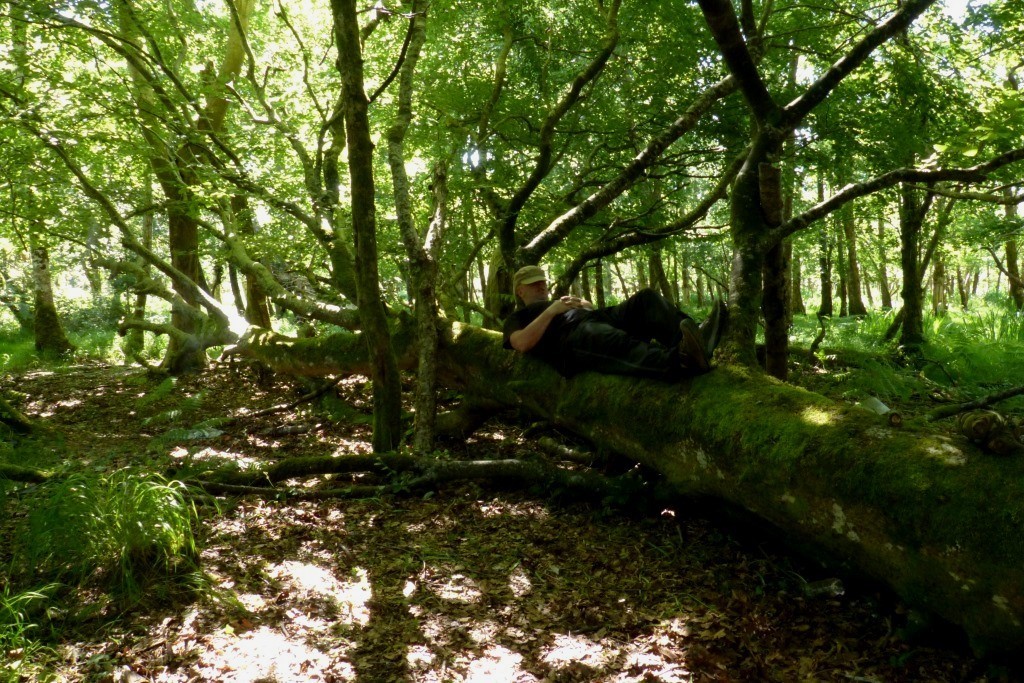
Grabbing some shut-eye on a fallen beech tree (Photo: Sean Fagan, Southwest Ireland).
.
Camping, Bushcraft and Outdoor Pursuits in general are physically demanding and tiring.
So don't be shy about catching a few winks when opportunity allows.
Take a cue from wild animals - they often nap (the physical demands of their lives requires frequent rest).
Also, when we are well-rested in the outdoors we are far less prone to having accidents and making bad decisions.
Over the last couple of years I've began to reap the rewards of napping. At first, I found it difficult to fall asleep - but now, I can nap pretty much anywhere that is quiet and reasonably comfortable to lie upon. I have to admit - napping has proven to be a great energiser for myself.
My father, who is retired and in his seventies likes to arise each morning at 6.30am. He still works hard outdoors (he is an avid builder, DIY enthusiast and gardener). But he always takes a long afternoon nap to keep going. He swears by them.
..
"If you're tired, learn to rest, not to quit" ~ Banksy
.
.
Related articles on this website:
.
Resources:
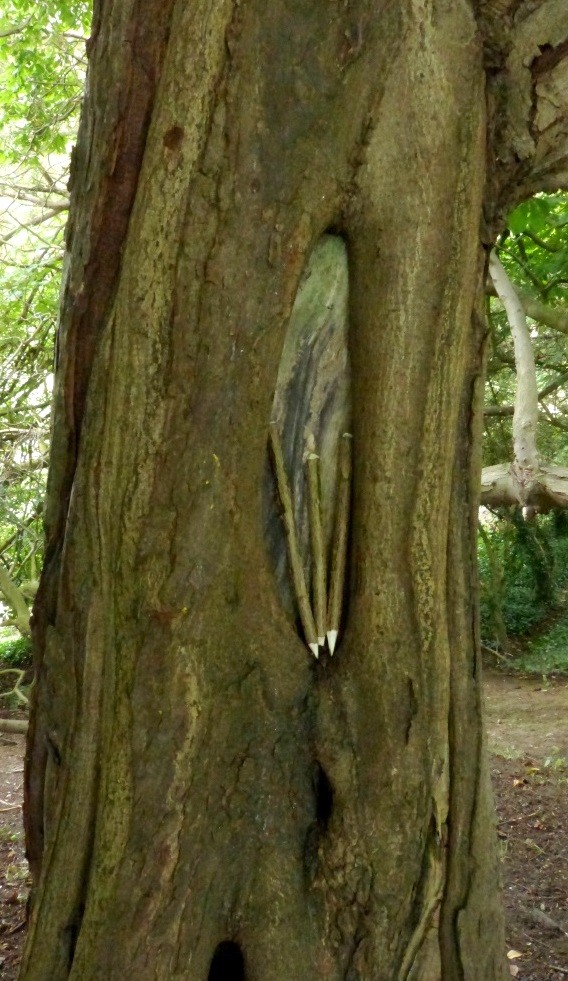
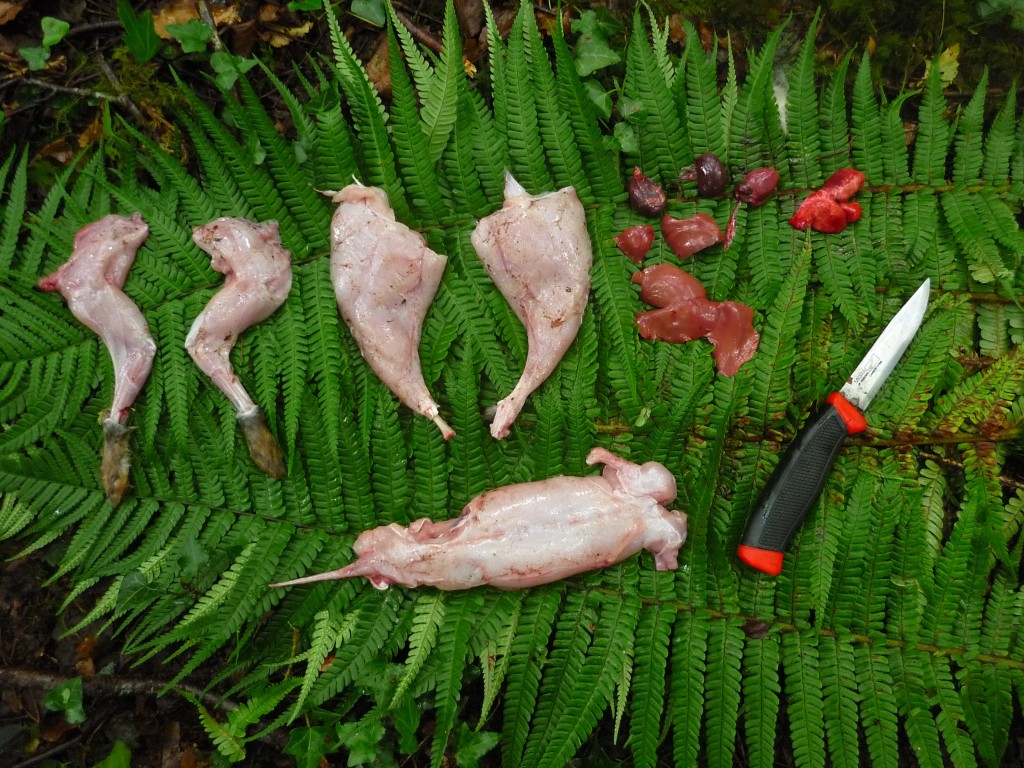
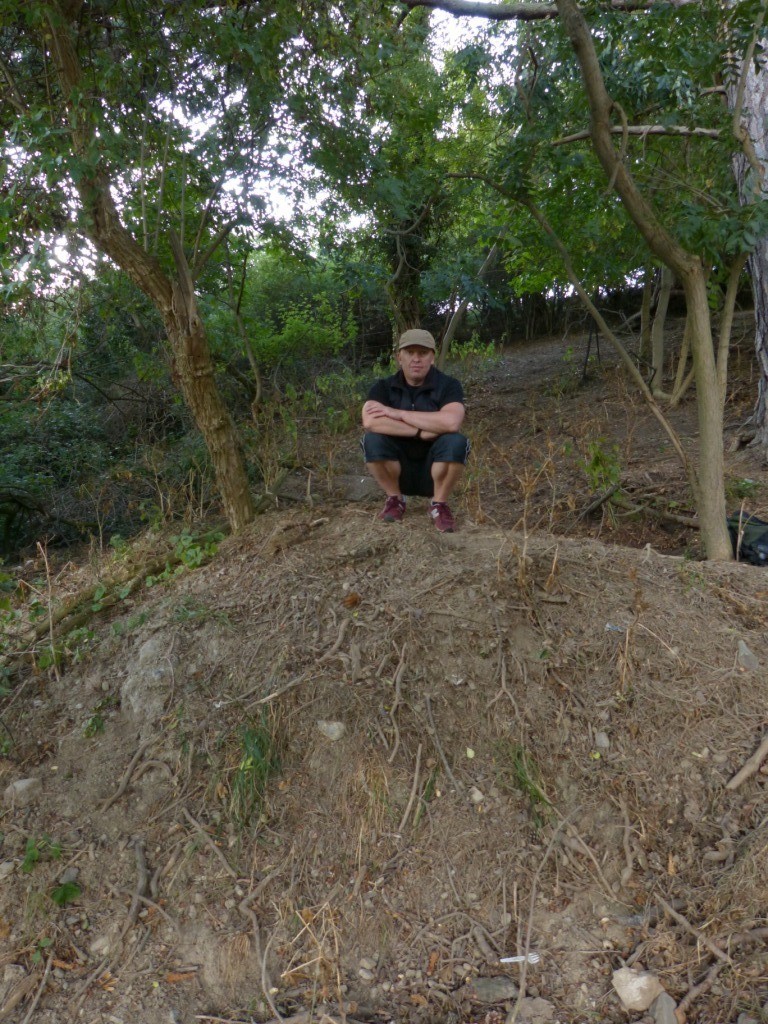

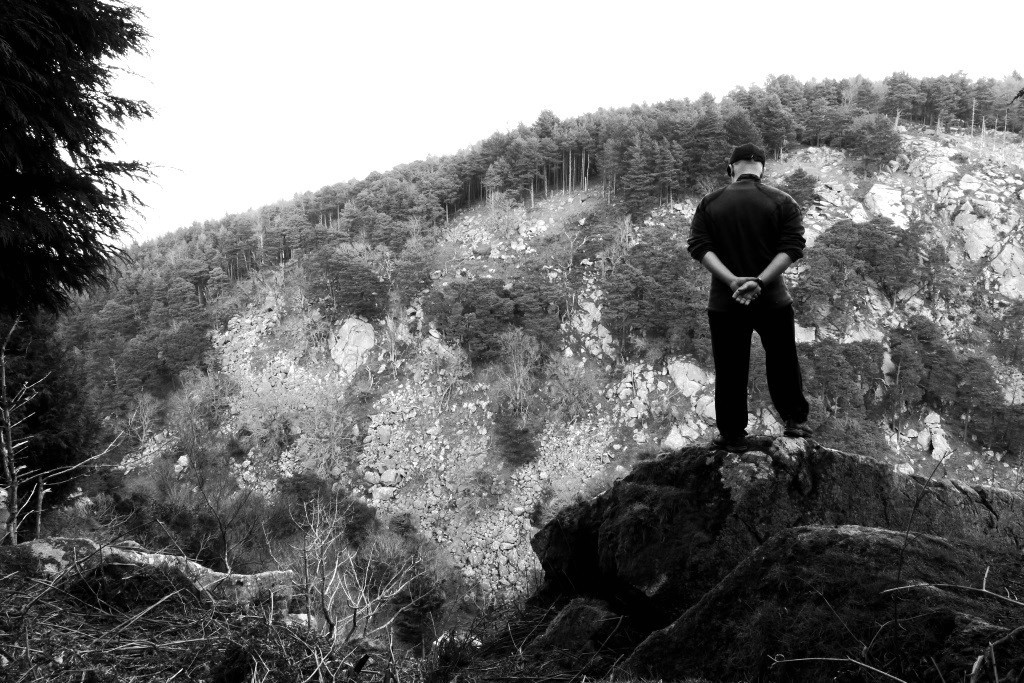
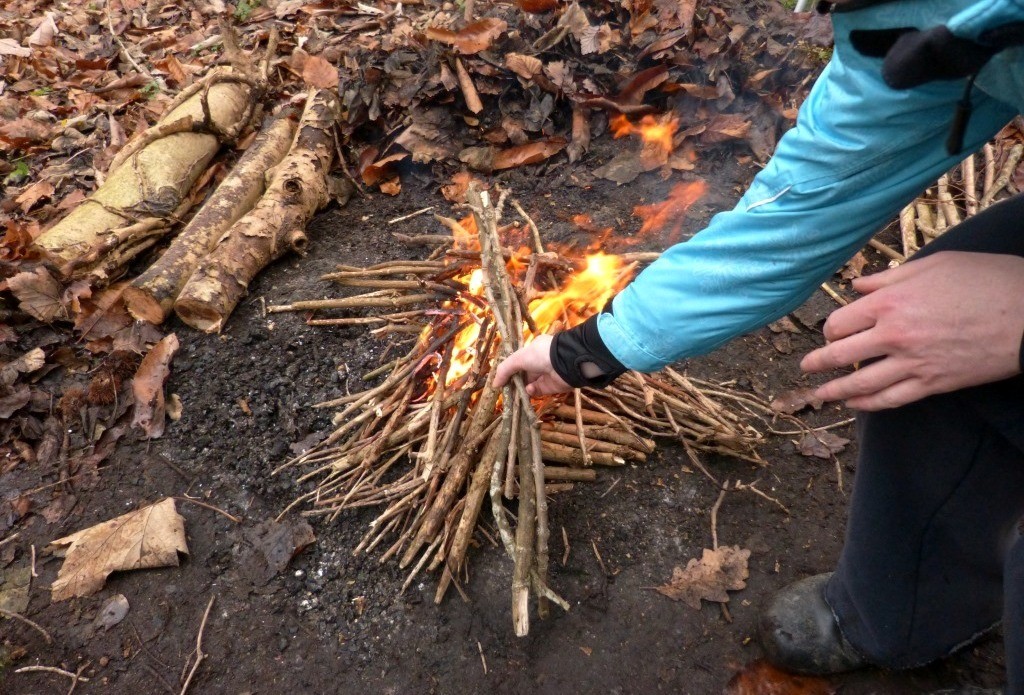
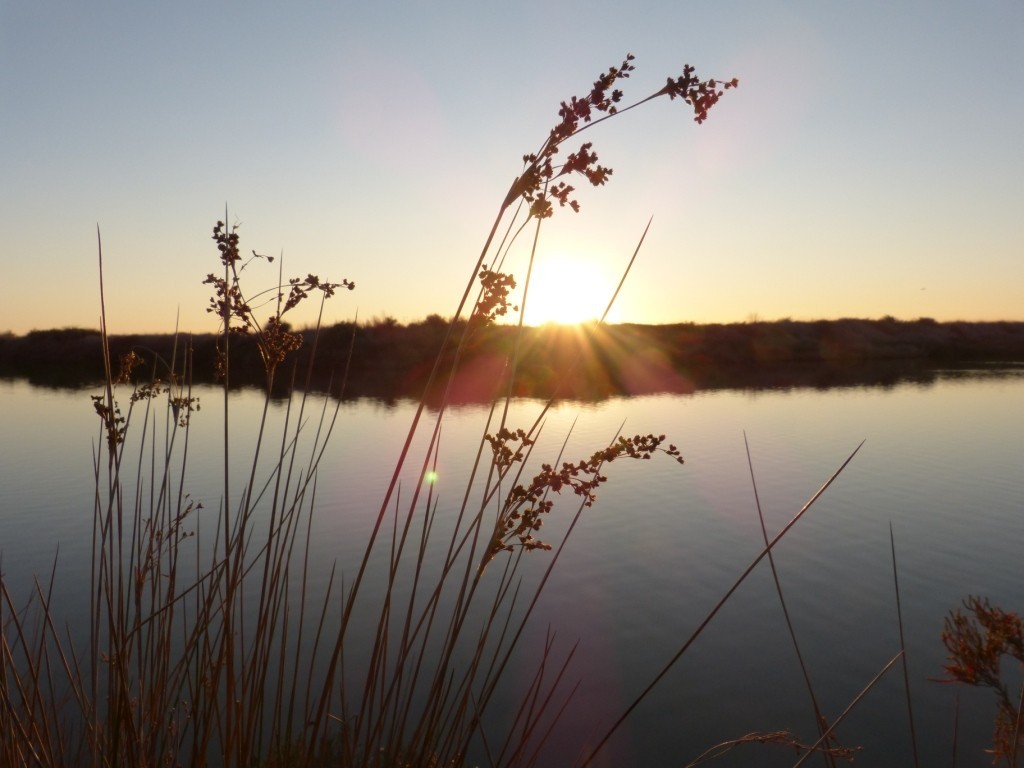

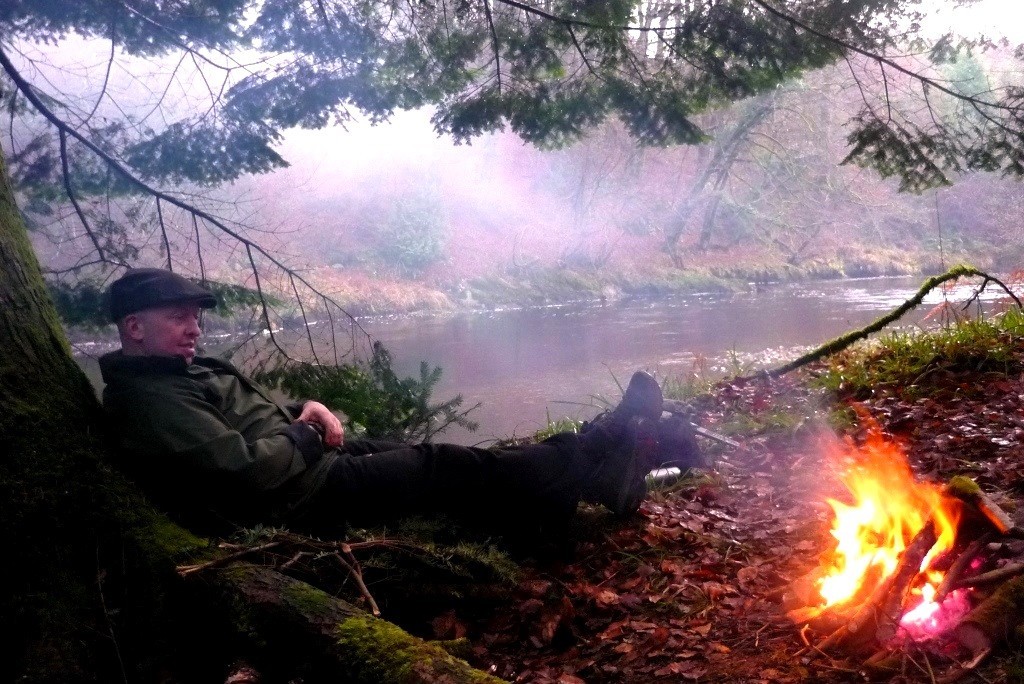

Recent Comments